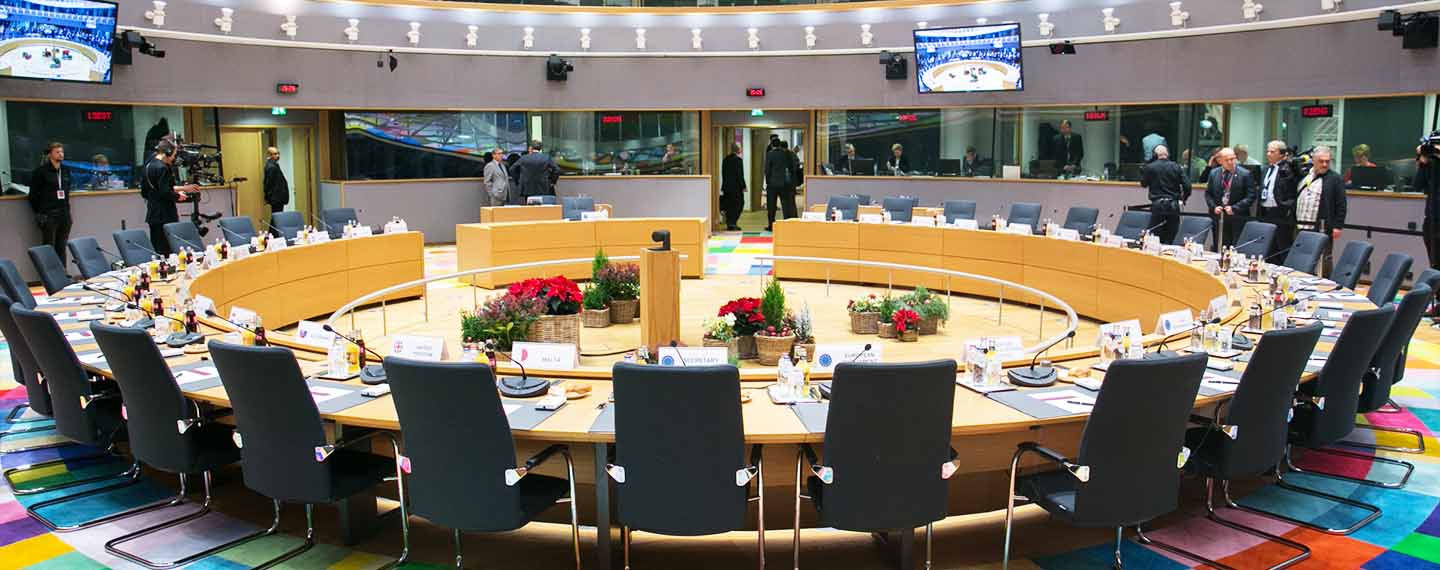The debate about state aid in the EU has become somewhat schizophrenic. On the one hand, countries want to make it more flexible, as the current geopolitical context requires a straightforward implementation of industrial policy. On the other, the extension of the State Aid Temporary Framework is clearly threatening the Single Market.
These apparently contradictory messages are simply the two sides of the same coin: the absence of a sound European industrial policy scheme with common funds for both innovation and support for viable companies in the event of structural crises (like COVID and the war in Ukraine). What we have now is the worst of both worlds: state aid for scattered national industrial policies, and state aid to rescue the companies of rich countries, regardless of their competitiveness or viability.
We often forget that the EU Commission’s original proposal for a Next Generation EU instrument specifically included a Solvency Support Instrument for ‘viable European companies in the sectors, regions and countries most affected’, with a budget of €31 billion aimed at unlocking €300 billion. It made sense: facing a global crisis (like COVID) should guarantee the survival of all viable European companies, and not only the companies of countries with a sound fiscal position. However, the European Council of July 2020 decided to drop the Solvency Support Instrument. Most likely, countries with a wider fiscal space, which were supportive enough to back the issuing of European debt, did not want any restriction to save their national companies. This was a big mistake in terms of Single Market cohesion. That day, the State Aid Temporary Framework (approved in March 2020) became dangerously anchored in the EU regulatory landscape. In fact, it has been extended a few times even after the COVID crisis, as when Russia invaded Ukraine. Like many temporary things in life, the State Aid Temporary Framework seems today more permanent than ever.
On the other hand, the US Inflation Reduction Act (IRA) has triggered, despite its name, a global inflation of industrial subsidies. The US Chips Act has also heated up a global state aid race. Since mid-2022 –and especially since October 2022– the US is no longer satisfied with maintaining a sufficient technological lead against China, but its objective is now keeping ‘as large a lead as possible’ (in the words of the National Security Advisor). This means that export controls are no longer enough, but public funds for supporting R&D have also become a key part of the US national security strategy. And, when US national security is at stake, the respect for the World Trade Organisation’s rules becomes secondary. This makes industrial policy no longer an option for the EU, but a real necessity. The EU Green Deal Industrial Plan seems to realise the seriousness of the situation, but its proposals might not be up to the challenge.
The problem is twofold. First, if technology (mainly green and digital) becomes a European public good, its provision on a national level would be insufficient. Secondly, if industrial policy remains a mainly national competence, there will be no coherence at all at the European level and from the point of view of the Single Market.
The EU should therefore face the hard reality: the only way to make sure that competitive companies remain solvent in the event of global shocks and that the EU stays in the technological race (the key for growth in the 21st century) is with a common industrial policy with EU-level funding. This, of course, should be complemented with a regulatory simplification which must go far beyond a simple streamlining of aid regulations. EU rules have already become a heavy load on companies and a real threat for EU competitiveness (as the EU Council Conclusions of 9 February 2023 implicitly acknowledge). Regulation is an area in which quantity is almost never correlated with quality, and predictable and clear framework conditions for investment in the EU are essential, especially amid a war to attract high-tech investment.
Once again, the solution to a European problem is deeper integration. Let us hope that this time EU member States realise in time.
Originally published by the Trans European Policy Studies Association (TEPSA) at EUCO Debrief March 23 (tepsa.eu), p. 17-18.
Image: European Council. Photo: EU2017EE Estonian Presidency (Wikimedia Commons / CC BY 2.0).


